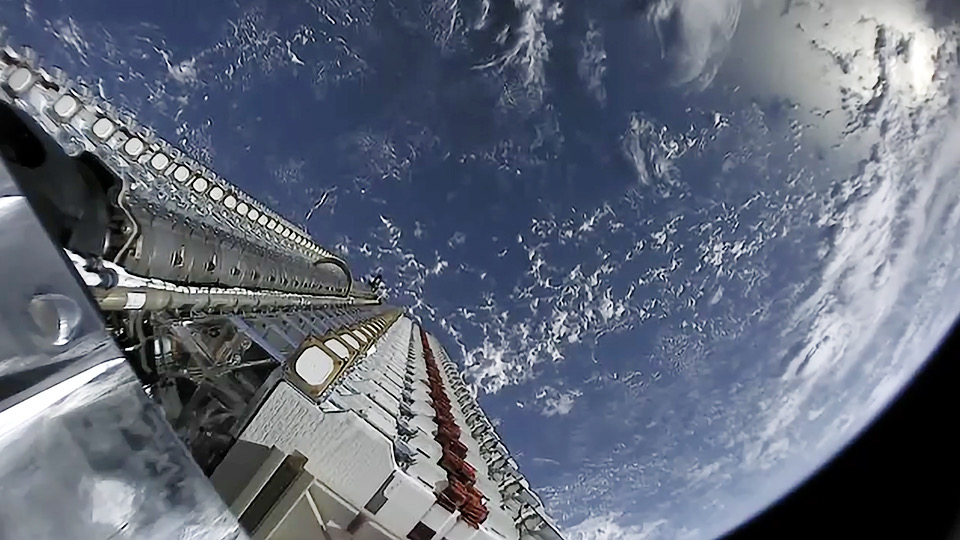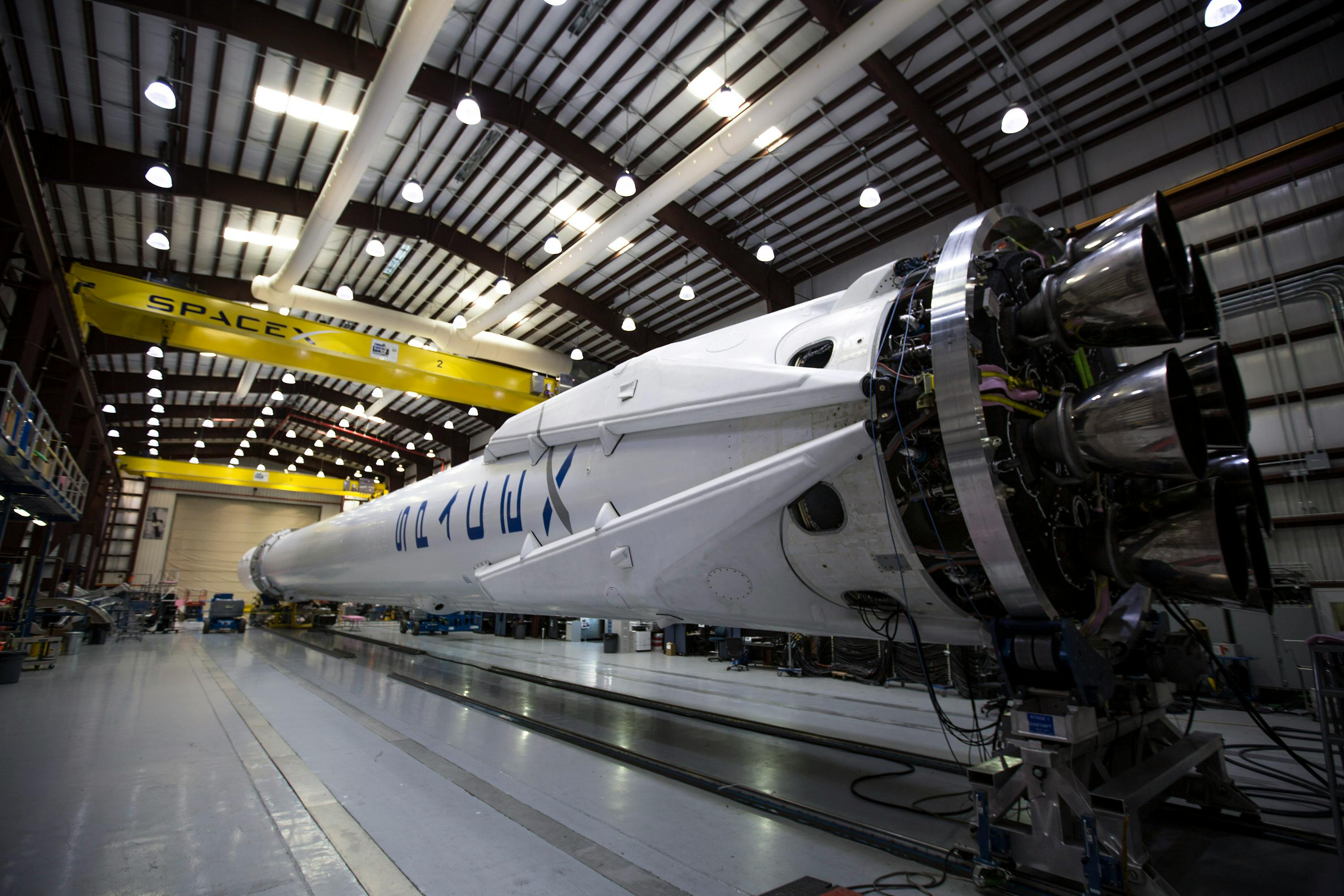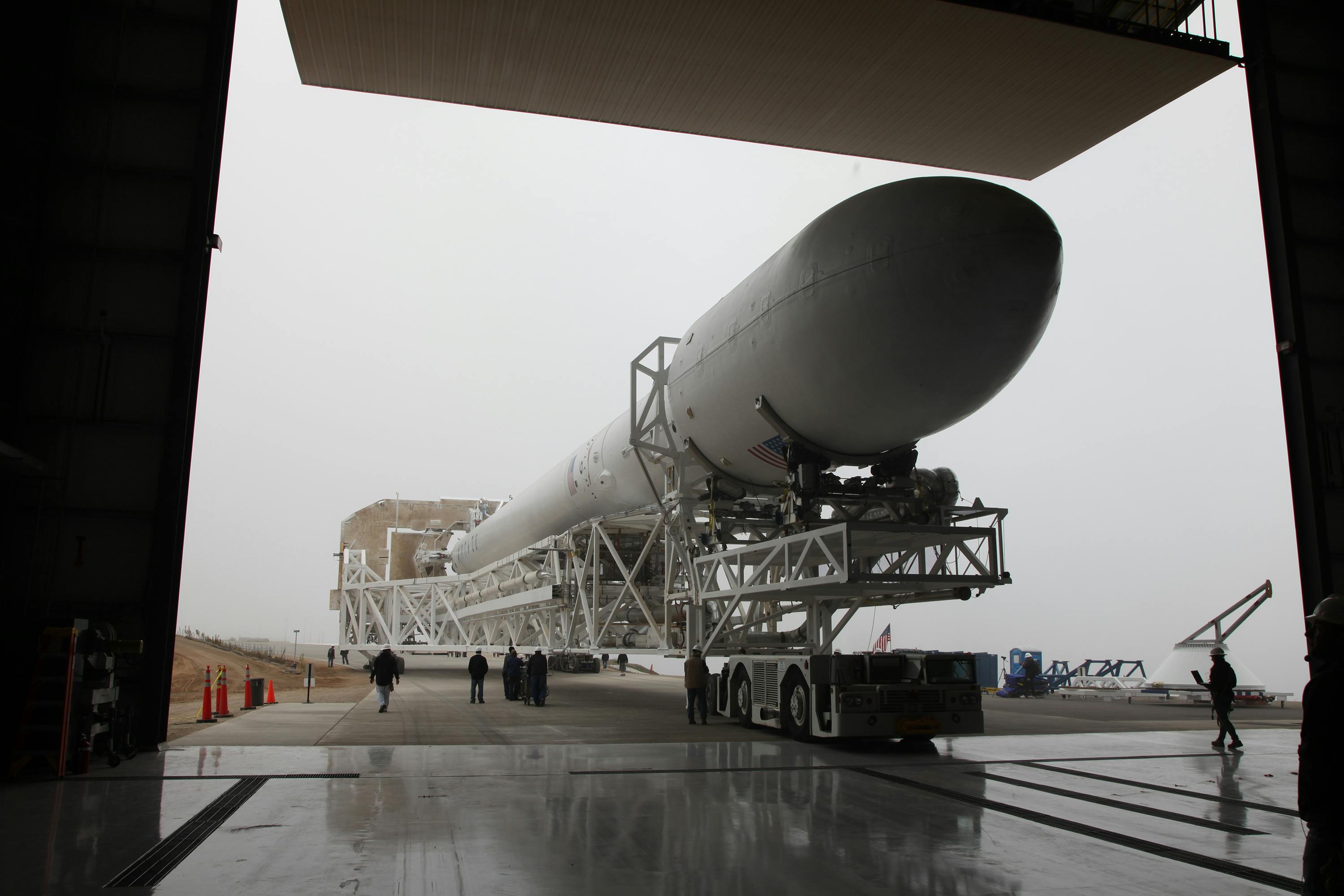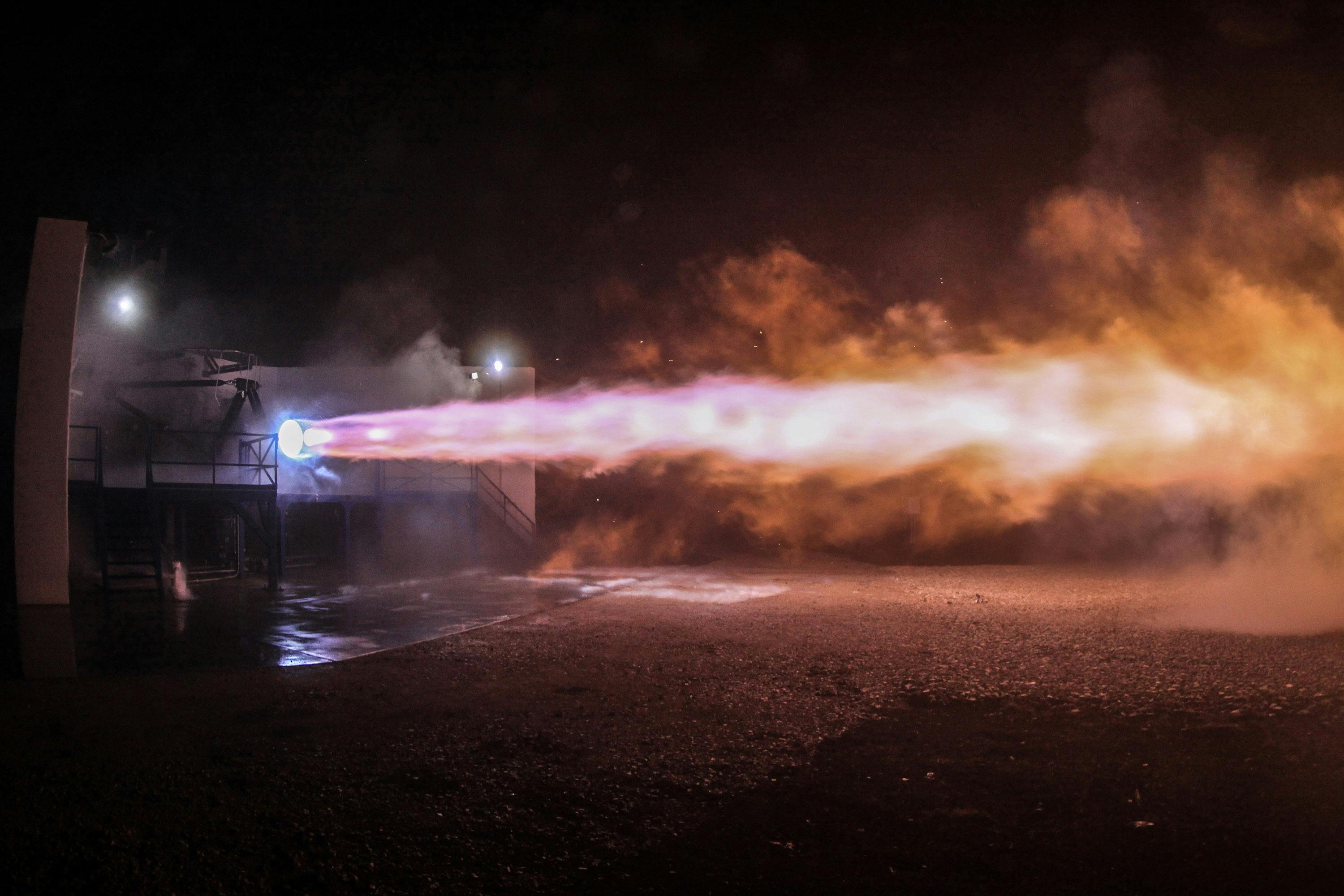· space brief · 7 min read
Space Brief 7 Jul 2025
Today's key topics include the halting of the U.S. Air Force's rocket landing pad plans, the Space Force's shift to a flexible satellite strategy, delays in Australia's Eris 1 rocket launch, and the controversial cut of satellite sea-ice data to climate scientists.
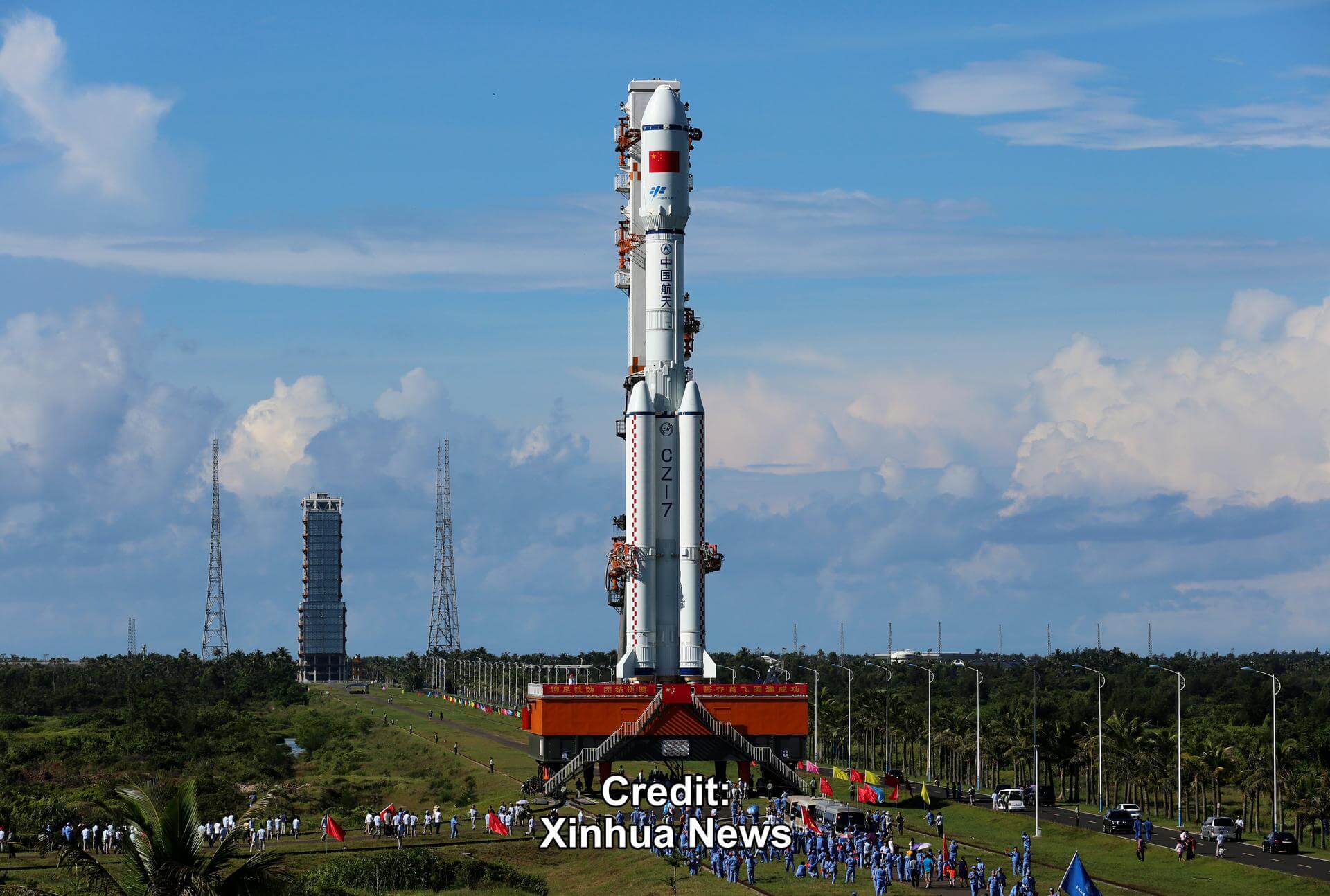
📄Top Stories
The U.S. Air Force has paused its plans to construct rocket landing pads on a remote Pacific atoll amid environmental concerns. Meanwhile, the U.S. Space Force has canceled its Protected Tactical Satellite Communication-Resilient program to embrace a more adaptable strategy. Australia’s Gilmour Space has delayed the launch of its first orbital rocket, and the military’s restriction on satellite sea-ice data access has sparked controversy among climate scientists.
📰Detailed Coverage
U.S. Air Force Halts Rocket Landing Plans Amid Backlash
The U.S. Air Force has decided to pause the development of rocket landing pads on a remote Pacific atoll following environmental protests. These pads were intended to support the Air Force’s Rocket Cargo program, designed to explore rapid global deployment capabilities using commercial rockets.
This decision underscores the ongoing balance between technological advancement and environmental preservation. The project’s suspension is a reminder of the increasing need to consider environmental impact even in strategic military initiatives.
Read the full story: SpaceNews
Space Force Shifts to More Flexible Satellite Strategy
The Space Force has scrapped its Protected Tactical Satellite Communication-Resilient (PTS-R) program in favor of a more flexible satellite procurement strategy. Originally launched in 2020, PTS-R aimed to build anti-jamming satellites to bolster tactical communications.
This strategic shift reflects a broader trend towards adaptable satellite solutions, enhancing resilience against unforeseen challenges. This approach is particularly relevant to satellite tracking efforts as it may alter satellite launch and deployment patterns, which you can track using our web app’s satellite monitoring features.
Read the full story: SpaceNews
Climate Scientists Lose Access to Key Satellite Data
Recent policy changes have led to the exclusion of climate scientists from accessing sea-ice data sourced from military satellites. This data is crucial for studying climate patterns and understanding the adverse effects of climate change.
The restriction has drawn criticism as it hampers the ability of scientists to accurately monitor and predict changes in polar regions. The loss of such satellite data highlights the critical role of space-based observation in climate science.
Read the full story: Space.com
Australia’s Gilmour Space Delays Orbital Rocket Launch
Gilmour Space has postponed the launch of its Eris 1 rocket, marking another delay for Australia’s first orbital rocket. This decision allows additional time to ensure all systems are optimally prepared for a successful mission, reflecting the complex nature of pioneering launches.
The Eris 1 rocket’s journey is highly anticipated, as its success could open more opportunities for Australia’s role in global space endeavors. Each delay, however, underscores the intricate challenges involved in achieving reliable access to orbit.
Read the full story: SpaceDaily
Himawari Satellites Study Venusian Temperature Changes
The Japanese Himawari meteorological satellites have been utilized to measure temperature changes on Venus. These observations contribute to a deeper understanding of Venusian atmospheric dynamics, offering insights into conditions on the planet’s surface.
Such studies highlight the versatility of Earth-oriented satellites for expanded interplanetary research. The adaptation of established technology for planetary science represents an intriguing crossover in space exploration capabilities.
Read the full story: NASA SpaceFlight
Space Auction: Sally Ride Memorabilia Sells for $145,000
Sally Ride’s memorabilia collection was auctioned for over $145,000, showcasing the public’s enduring interest in space history. The collection included over 50 items from Ride, the first American woman in space, reflecting her significant contributions to space exploration.
The auction not only celebrates Ride’s legacy but also emphasizes the cultural and inspirational impact of historical space missions. Such memorabilia connects the past achievements of space pioneers with current and future aspirations in space exploration.
Read the full story: Space.com
🛰️Satellite Spotlight
- Satellite Name: ANTELSAT
- NORAD ID: 40034
- Launch Date: June 19, 2014
- Mission: ANTELSAT serves a technology demonstration purpose, testing various satellite technologies to enhance communication capabilities.
- Orbit: LEO (Low Earth Orbit)
- Operator: FING/ANTEL
- Fun Fact: This CubeSat, measuring just 2U in size, showcases the growing trend of small satellites paving the way for innovative space solutions.
Track this satellite in real-time on our web app: Track ANTELSAT
🌌Space Weather
Current space weather shows Enhanced solar wind (526 km/s).
Current
R0 - S0 - G0
Last 24 Hour Maximums
R0 - S0 - G0
Recent Alerts
-
Geomagnetic K-index of 4 expected (Valid until 07 Jul 1800 UTC)
- Area of impact primarily poleward of 65 degrees Geomagnetic Latitude.
- Weak power grid fluctuations possible.
- Aurora may be visible at high latitudes, such as Canada and Alaska.
-
Geomagnetic K-index of 5 expected (Valid until 07 Jul 1200 UTC)
- Area of impact primarily poleward of 60 degrees Geomagnetic Latitude.
- Weak power grid fluctuations possible.
- Minor impacts on satellite operations.
- Aurora may be visible in northern U.S. regions like northern Michigan and Maine.
-
Geomagnetic K-index of 6 expected (Valid until 07 Jul 0600 UTC)
- Area of impact primarily poleward of 55 degrees Geomagnetic Latitude.
- Power grid fluctuations may occur; high-latitude systems may see voltage alarms.
- Satellite orientation irregularities; increased drag on low Earth Orbit (LEO) satellites possible.
- HF radio propagation fading at higher latitudes.
- Aurora visibility may extend to areas as low as New York to Washington state.
Next 24 Hours
-
Radio Blackouts Probability
- Minor: 5
- Major: 1
- Risk: None
-
Solar Radiation
- Probability: 1
- Risk: None
-
Geomagnetic Storming
- Scale: 0
- Impact: None
- Activity: Low
-
Impact Summary
- No risk of radio blackouts.
- No risk of solar radiation storms.
- Periods of G1 (Minor) geomagnetic storm levels expected early on 07 July due to negative polarity coronal hole high-speed stream (CH HSS) influence.
- No significant active region flare activity is forecast.
Long Term Forecast
- Forecast of Solar and Geomagnetic Activity (07 July - 02 August 2025)
- Solar activity is expected to be low from 07-11 July, with no major groups anticipated.
- From 12 July, returning regions could elevate activity to moderate levels through 25 July, becoming variable thereafter.
- No proton events expected at geosynchronous orbit.
- Greater than 2 MeV electron flux anticipated at high levels from 20-29 July.
- Geomagnetic field activity forecast at G1-G2 (Minor-Moderate) storm levels early on 07 July, later quiet to unsettled until 21 July.
- Isolated active periods possible on 15-16 July, with unsettled to active conditions expected from 22-27 July, including isolated G1 events.
- Mostly quiet levels anticipated from 28-31 July before another negative polarity CH affects conditions on 01 August.
🚀Upcoming Space Launches
July 8
- SpaceX Falcon 9:
- Starlink Group 10-28 from Cape Canaveral Space Force Station (05:48 UTC) A batch of satellites for the Starlink mega-constellation, SpaceX’s project for a space-based Internet communication system.
July 15
- Gilmour Space Technologies Eris-1:
- Maiden Flight from Bowen Orbital Spaceport (21:30 UTC) Maiden flight of Gilmour Space’s orbital launch vehicle Eris.
July 25
- Russian Federal Space Agency (ROSCOSMOS) Soyuz 2.1b/Fregat-M:
- Ionosfera-M 3 & 4 from Vostochny Cosmodrome, Siberia, Russian Federation (05:54 UTC) Ionosfera is a constellation of ionospheric and magnetospheric research satellites for Roscosmos’s Ionozond project.
July 26
- Arianespace Vega-C:
- CO3D & MicroCarb from Guiana Space Centre, French Guiana (02:03 UTC) CO3D is a constellation of satellites designed to map the globe in 3D. MicroCarb aims to map carbon dioxide sources and sinks globally.
July 30
- Indian Space Research Organization GSLV Mk II:
- NISAR from Satish Dhawan Space Centre, India (11:30 UTC) The NISAR satellite will use radar imaging to map Earth’s land and ice masses, observing ecosystem disturbances and natural hazards.
July 31
- SpaceX Falcon 9:
- Bandwagon 4 from Cape Canaveral Space Force Station (00:00 UTC) Dedicated rideshare flight carrying small satellites for commercial and government customers.
- SpaceX Falcon 9:
- Crew-11 from Kennedy Space Center (00:00 UTC) Eleventh crewed operational flight of a Crew Dragon spacecraft to the International Space Station.
- SpaceX Falcon 9:
- Project Kuiper (Falcon 9 #1) from Cape Canaveral Space Force Station (00:00 UTC) First launch in a series for Amazon’s Kuiper satellite internet constellation.
- China Aerospace Science and Technology Corporation Long March 7:
- Tianzhou-9 from Wenchang Space Launch Site, People’s Republic of China (00:00 UTC) Eighth cargo delivery mission to the Chinese space station.
- United Launch Alliance Vulcan VC4S:
- USSF-106 from Cape Canaveral Space Force Station (00:00 UTC) Deployment of various payloads for the United States Space Force into geosynchronous orbit.
Note: Launch dates and times are subject to change due to technical or weather considerations.

Maurice Stellarski


